The Podzuma
Designer: Darren Kuzma
Project Time: 8-20 hours
Project Complexity: Professional
Project Cost: $100-$500
Driver Selection
From an electronics and amplification stand point, the Sonic Impact T-amp was a natural choice thanks to its high efficiency and relatively healthy output power. The high efficiency design of the amplifier allows us to use either a smaller battery, or to achieve longer runtimes. From an amplifier power stand point, while 10 or 12 watts per channel doesn’t seem like much, many other small boom-box type devices only utilize 2-5 watt amplifiers. Project Edit: The Dayton Audio DTA-2 amplifier has replaced the Sonic Impact T-amplifier. The power requirements and output are identical. So, that leads us into the speaker design portion, where the goal was to achieve a high sensitivity but also good overall fidelity. Since I wanted this to be a reasonably-sized system, I immediately knew that any 8″ or larger speakers were out of the question. Also, I knew that to get the most power out of the T-amp, I wanted each channel to have a 4 ohm nominal impedance. After looking at many 5-1/4″ and 6-1/2″ drivers in the pro-sound, automotive, and home audio categories, I found the Dayton PA130-8. I liked this driver because of its overall sensitivity, lack of excessive XMAX that I wouldn’t need, 8 ohm nominal impedance, and parameters that can achieve decent bass extension in small enclosures. Tweeter selection was not an easy task, as I knew that I needed to have a real-world sensitivity of around 93-94 dB @ 2.83V, and that the tweeter couldn’t be overly large. Since 94 dB is higher than what can be found on most standard dome-type tweeters, I had to look into pro-sound oriented tweeters that utilized waveguides or compression to achieve higher sensitivities. So, I grabbed a handful of bullet and horn tweeters of different sizes and price ranges for some quick testing. Much to my surprise, the Pyle Pro PDBT18 1″ bullet horn tweeter pair offered the best combination of flat frequency response, medium-sensitivity, and low cost. Admittedly it does have a bit of a zing to it, but compared to other compression tweeters the remarkably flat frequency response more than makes up for it.
Enclosure Design
Guided by my selection of the Dayton PA130-8, I knew that I wanted to use two drivers per channel in a ported alignment. Based on my desired overall cabinet size and the enclosure space that would need to be devoted to the electronics, I had about .30 cu. ft. of available space per driver pair. This works out to be a very nice volume, and the pair can achieve a respectable F3 of approximately 80 Hz in this enclosure. To accomplish the bass tuning, I installed a 1-1/2″ flared port tube that was cut to 2-1/2″ long for a tuning of 75 Hz.
Amplifier/Crossover Configuration
Because the crossover design of this project is only a small part of this project, I’m not going to go into quite as much detail this time around. I will say that despite the simple looking crossover, the response is actually quite flat and gets about the most out of these drivers as possible. The tweeter is the limiting factor and cannot play much below 5 kHz; luckily the woofer has a smooth response up to about 6 or 7 kHz. The high 5 kHz crossover point does make the speaker more directional than what is found in a typical home speaker, but for an outdoor speaker this works very well.
Enclosure Assembly
Since this system was designed to be portable, I figured that it would be subject to a decent amount of wear-and-tear and the occasional water sprinkling. As such, I didn’t want to use MDF due to its soft corners and water absorbing characteristics. Instead, I used a 3/4″ 11-ply hardwood plywood; luckily this cabinet is just small enough that all of the external walls can be built from a single 2 ft. x 4 ft. pre-cut panel. However, I did need to use a few scraps of 3/4″ material that I had leftover in the workshop for some of the internal bracing and partitioning. More detailed info and drawings of the enclosure can be found within this project write-up on the website. Assembly was done with air brad nails, glue, and a few biscuits. The four side joints were mitered to 45 degrees, biscuited, and then a 1″ x 1″ reinforcing stringer was nailed and glued from the inside. The stringer was dual-purpose in that it was used for bracing and to create the proper seating depth for the front and rear panels. The electronics sub-enclosure was installed and fastened, and then the front and rear panels were set into place and secured. All seams were sealed and reinforced with polyurethane glue. As far as achieving the aesthetic look I was going for, it was actually a simple process, though admittedly a bit time consuming. First, I used a 3/8″ roundover bit to ease all of the edges to give the softer look I was going for. Then, I used automotive body filler on all of the cracks and voids, and rubbed a thin layer onto all exposed end grain and sanded smooth with medium grit sandpaper. After this, I applied several coats of a filler/primer spray paint out of a can and sanded smooth with fine grit sandpaper. Next was a first color coat of Rust-Oleum gloss white spray enamel which I let dry for a day or two and then gave a quick once over with very fine sandpaper. A final coat of the gloss white spray-can Rust-Oleum, and I was in business with a finish that looks very rich and is quite durable.
Conclusion
As I’ve said before, at the end of the day, the only real test as to whether a speaker project is successful or not is if it meets the initial goals set forth. In this case, the answer is a resounding yes! The speaker has the ability to play quite loudly, and even at maximum volume will run for about 4 hours off one charge, depending on the type of music. At more casual and reasonable listening levels, the power consumption goes down exponentially and the system will play for well over 8 hours. The fidelity is very good, and this speaker does a good job at projecting and maintaining clarity at long distances. The bass is respectable-it doesn’t play extremely low, but the bass that is there is very solid and punchy. If placed near a wall boundary, the bass performance can be downright impressive. At a barbecue, the park, or the pool, I don’t think it can be beat by any other product available on the market!
About The Designer
During the daytime, Darren Kuzma is a mild-mannered product manager, handling the everyday business of making sure Parts Express has the best speaker building offerings and the most in-depth information available. At night, the DIYer in him comes out, and he spends most of his time working on projects, fixing things around the house, cooking, and keeping up with the speaker building community. He’s been building speakers for many years, and says “I learned the most by talking to other speaker builders, reading, doing experiments, and by trial-and-error. There’s nothing like getting your hands dirty, that’s why they call it DIY!”
Project Parts List
|
Part # |
Description |
Qty |
|
295-010 |
1 |
|
|
272-110 |
1 |
|
|
300-385 |
1 |
|
|
004-4 |
Dayton Audio DNR-4.0 4 Ohm 10W Precision Audio Grade Resisto |
1 |
|
017-20 |
1 |
|
|
027-421 |
1 |
|
|
027-429 |
1 |
|
|
070-008 |
1 |
|
|
070-003 |
1 |
|
|
080-540 |
1 |
|
|
090-317 |
1 |
|
|
090-479 |
1 |
|
|
091-1154 |
1 |
|
|
100-220 |
1 |
|
|
120-052 |
12 VDC 2000mA 2A Switching Power Supply US and EU 2.5mm plug |
1 |
|
140-460 |
1 |
|
|
255-224 |
1 |
|
|
260-334 |
1 |
|
|
260-402 |
1 |
|
|
260-525 |
1 |
|
|
260-777 |
1 |
|
|
261-805 |
1 |
|
|
262-018 |
1 |
|
|
262-040 |
1 |
|
|
262-312 |
1 |
|
|
262-328 |
1 |
|
|
265-274 |
1 |
|
|
6A-1KV |
1 |

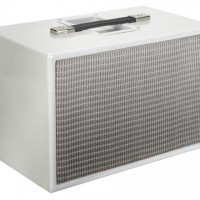
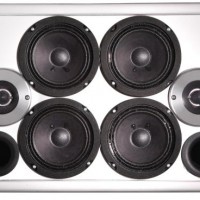
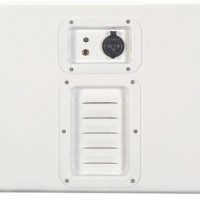
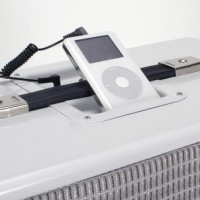
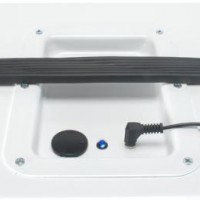
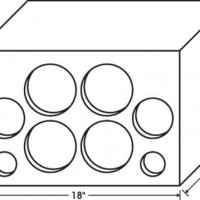
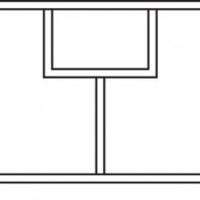
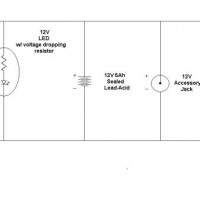
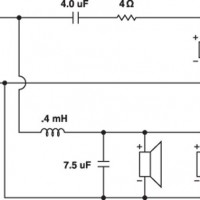
+ There are no comments
Add yours